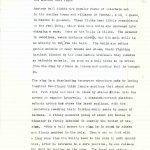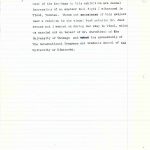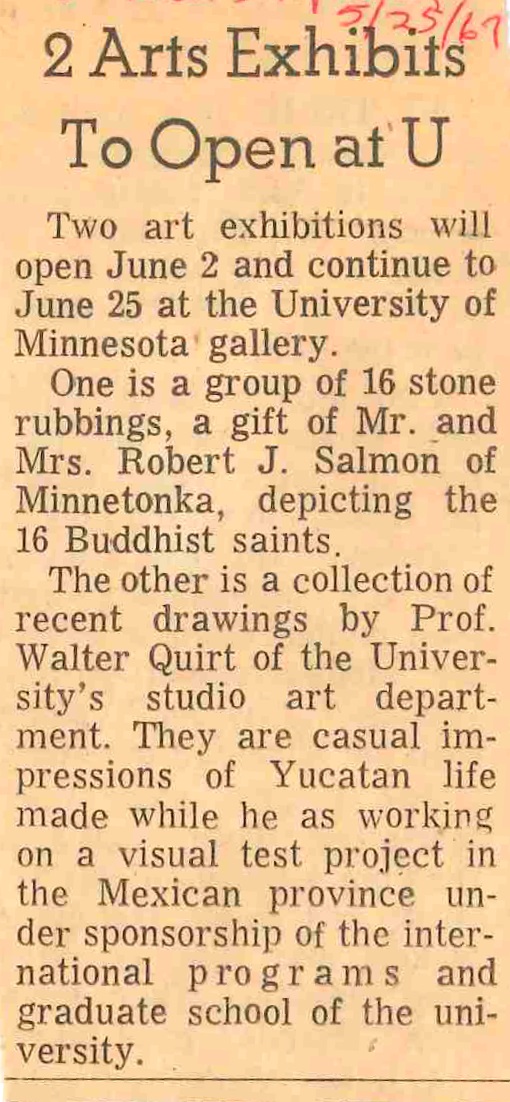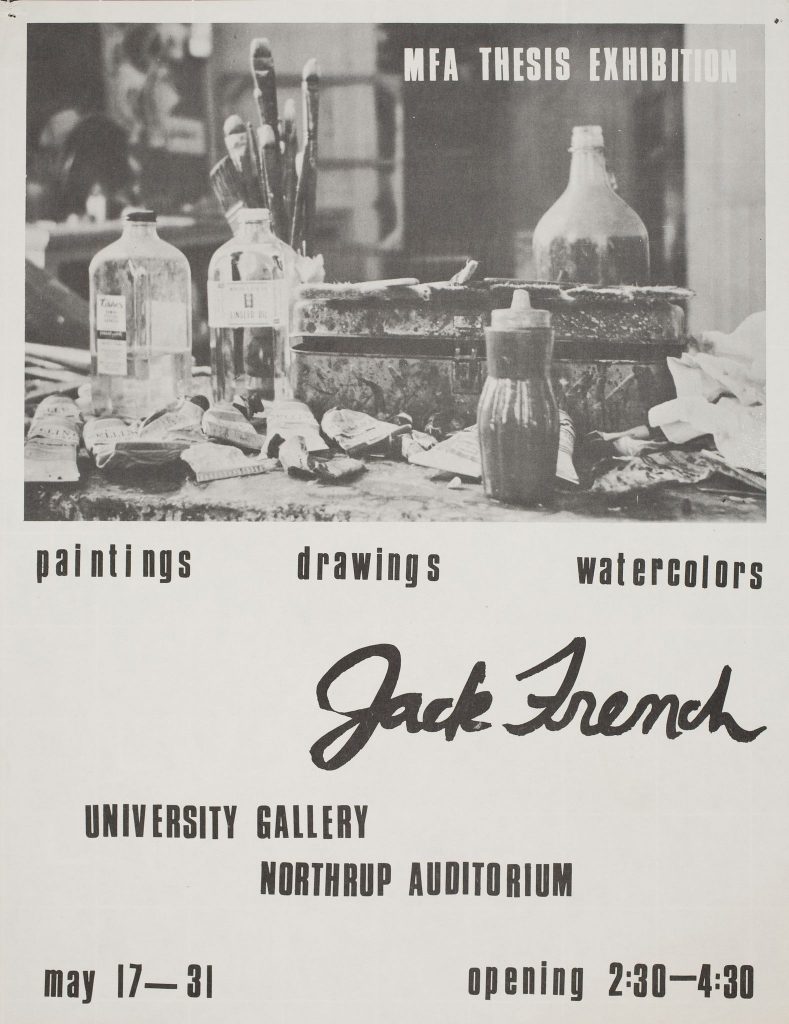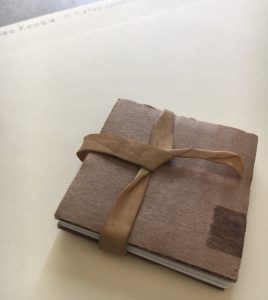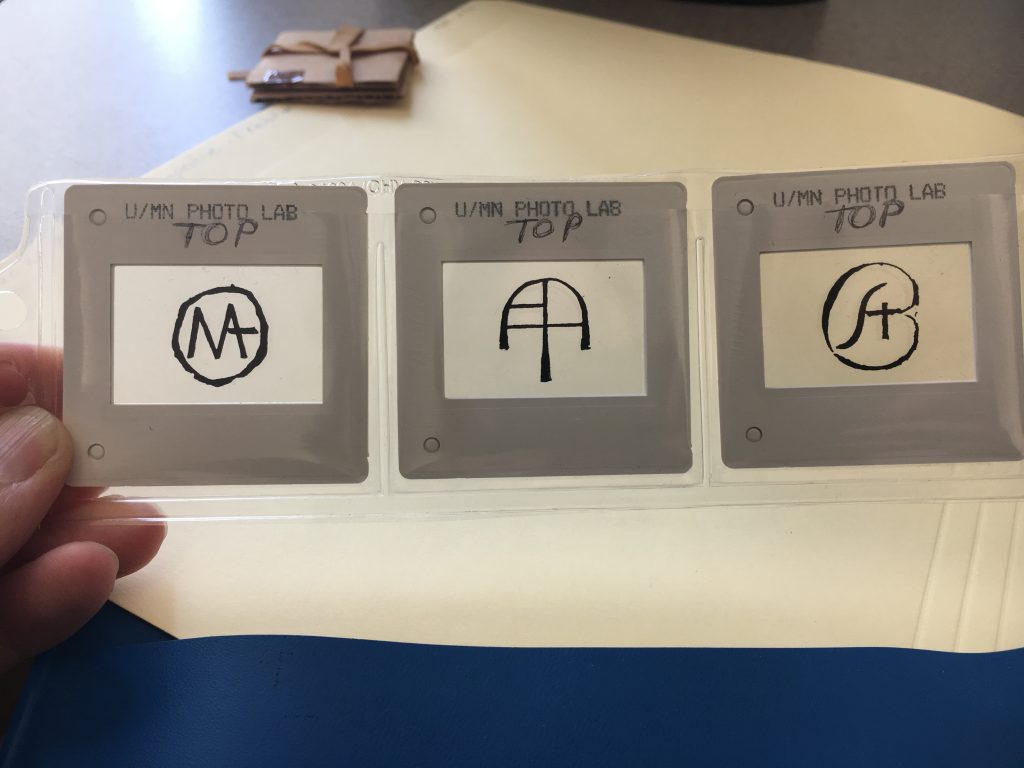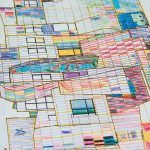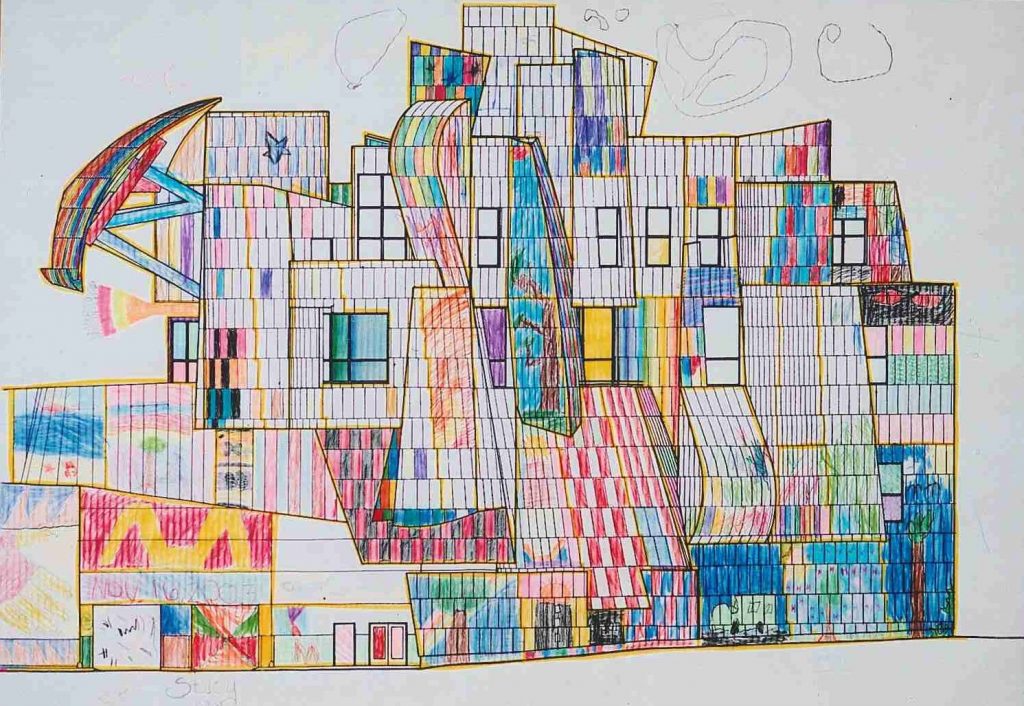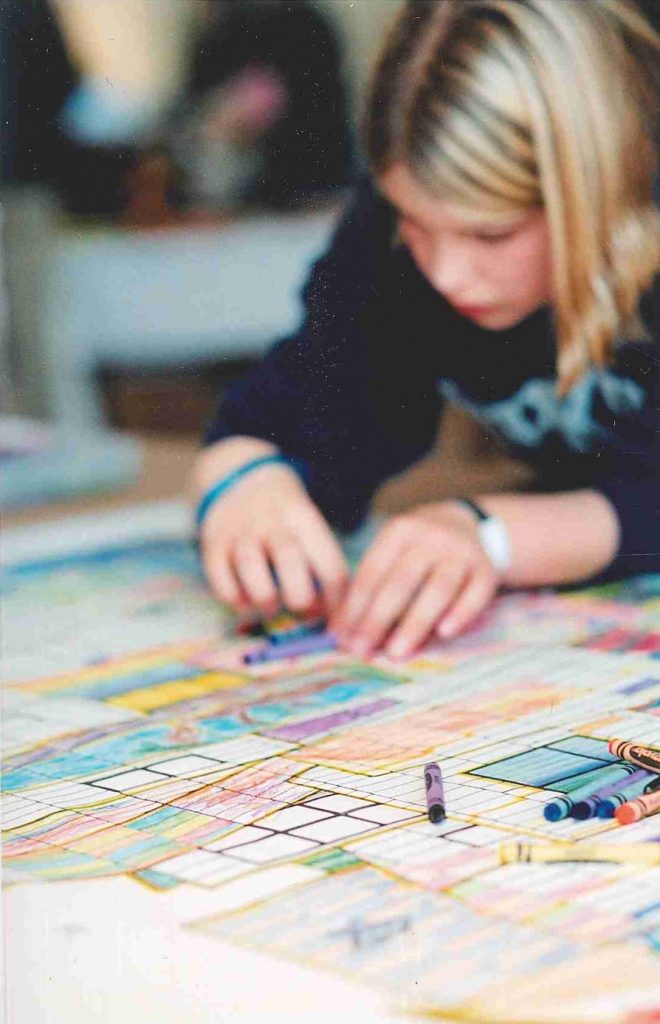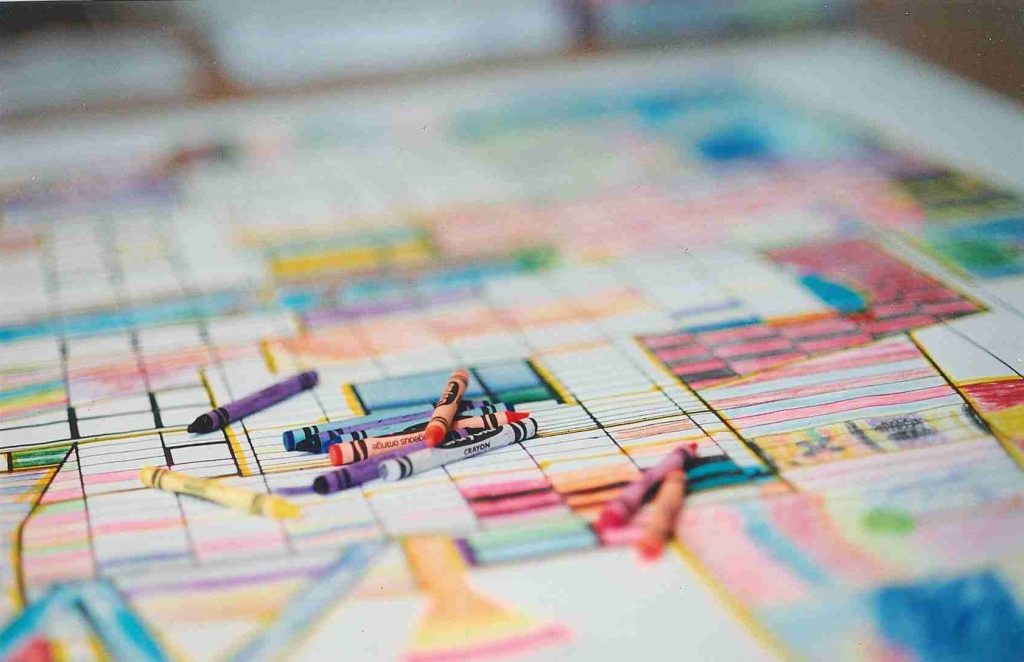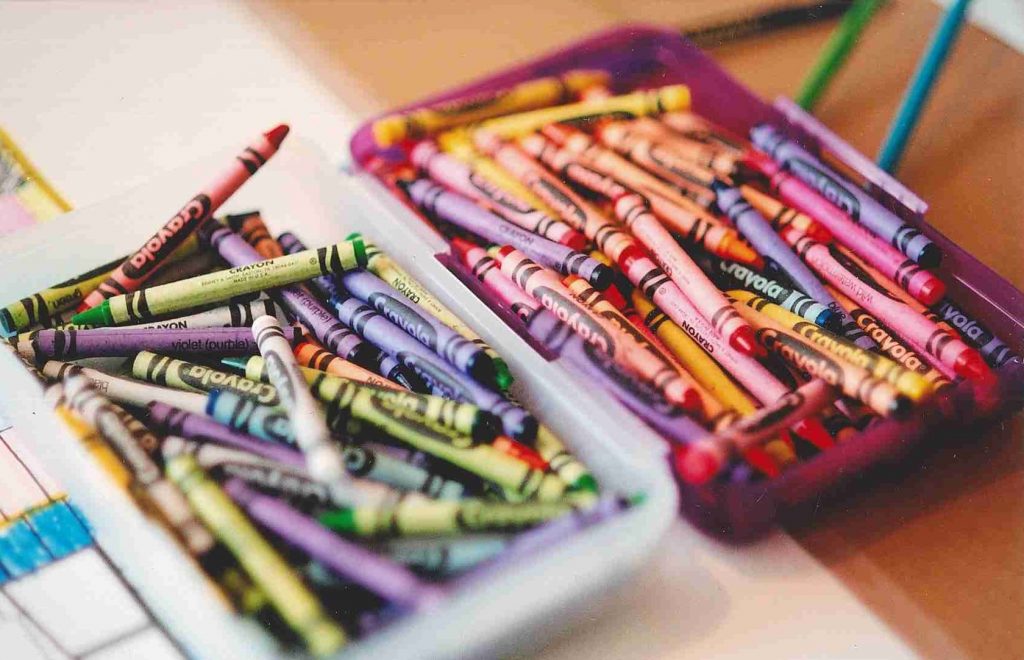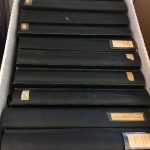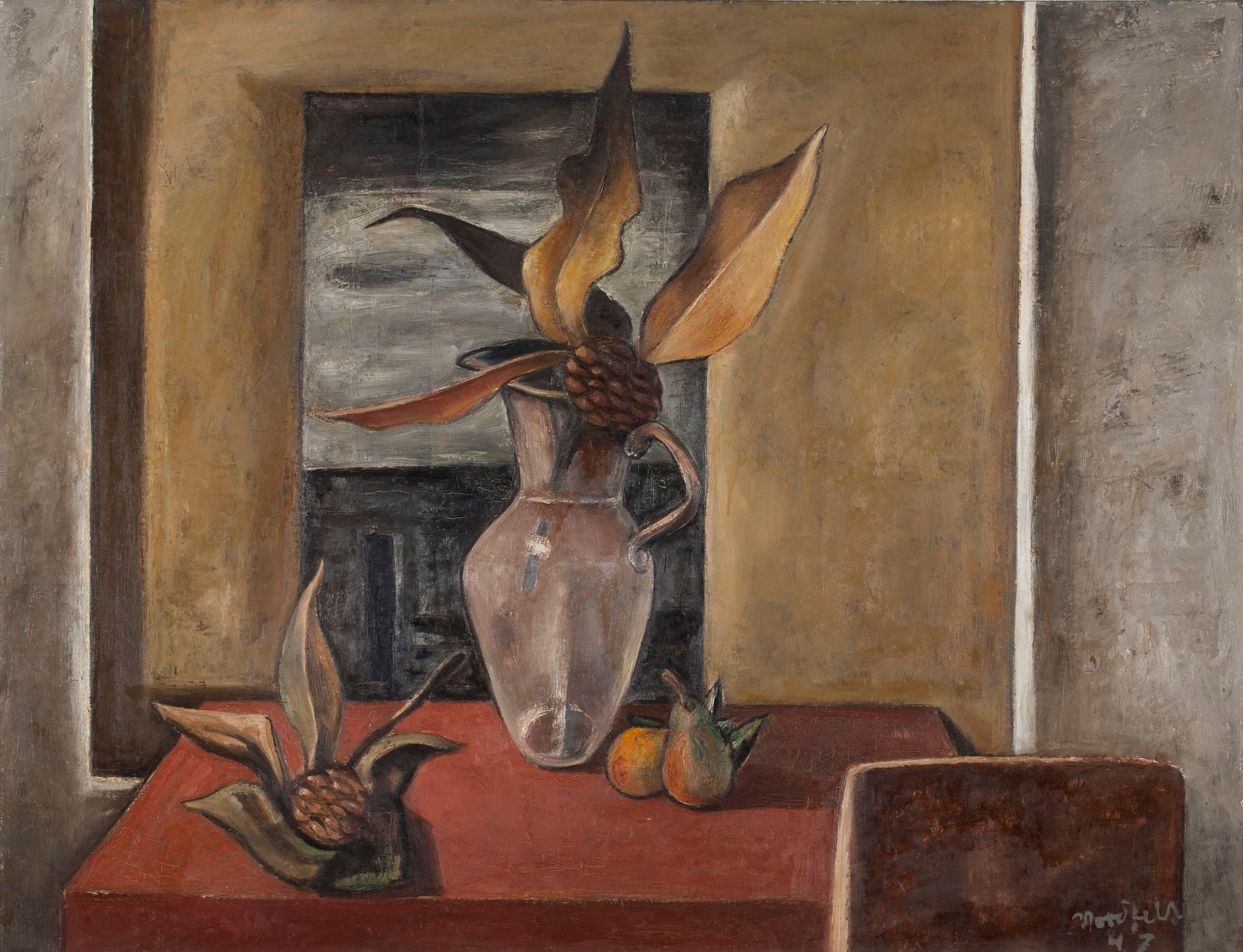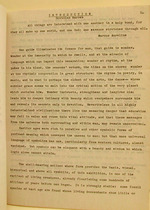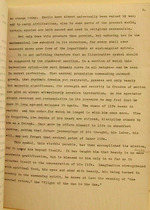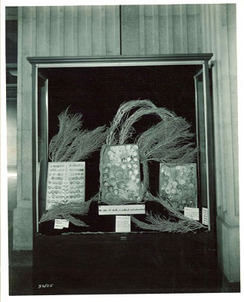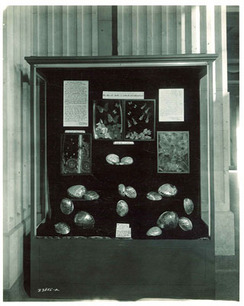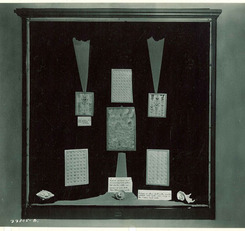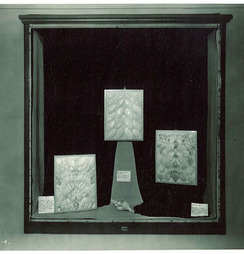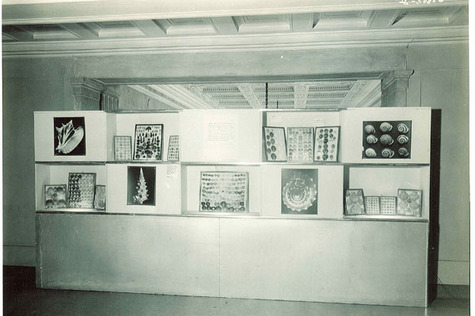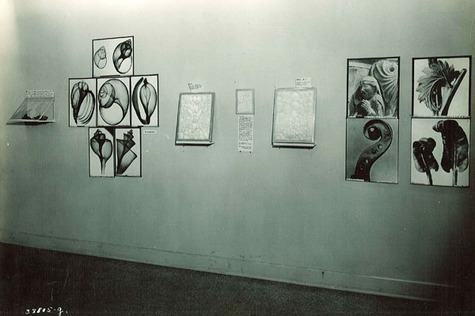I find the two best parts of working in the archives are making discoveries while I’m processing materials, and helping people answer questions and make their own discoveries. In the library and archive world, the latter is called Reference Service. Recently, I was able to provide reference services using WAM’s archival collection, UMN’s digital conservancy and the Digital Content Library to help a researcher uncover information about a specific set of artworks by UMN faculty member, Walter Quirt (pronounced KURT), made while he was in the Yucatan region of Mexico.
Quirt was a mostly self taught painter, “a pioneer of American abstract art” and “a man of strong and forthright opinions, a man of ideas” according to H.H. Arneson, Chairman of the Art Department, from a clipping dated November 17, 1958 found in the University Gallery’s press books.
Walter Quirt really was a “man of ideas” who, along with UMN studio art student Jack French, took art to science’s door. They traveled to the Yucatan region of Mexico in the Winter of 1967 to test a social science hypothesis regarding cultural visual preferences. To test the theory, the artists would take photographs of the local landscapes and urban terrains, then translate the linear elements and movement of the photographs into drawings which would then be shown to local residents to gauge their non-verbal reactions.
During what little leisure time they had during this months-long trip, Walter Quirt made observational drawings of life in the Yucatan. Shortly after their return from the Yucatan, Quirt exhibited seventeen of his Yucatan drawings at the U Gallery. For the exhibition statement, he wrote:
Most of the drawings in this exhibition are casual impressions of an amateur bull fight I witnessed in Ticul, Yucatan. Those not of this subject bear a relation to the visual test material Mr. Jack French and I worked on during our stay in Ticul, which we carried out on behalf of Dr. Strodtbeck of the University of Chicago and the sponsorship of The International Programs and Graduate School of the University of Minnesota.
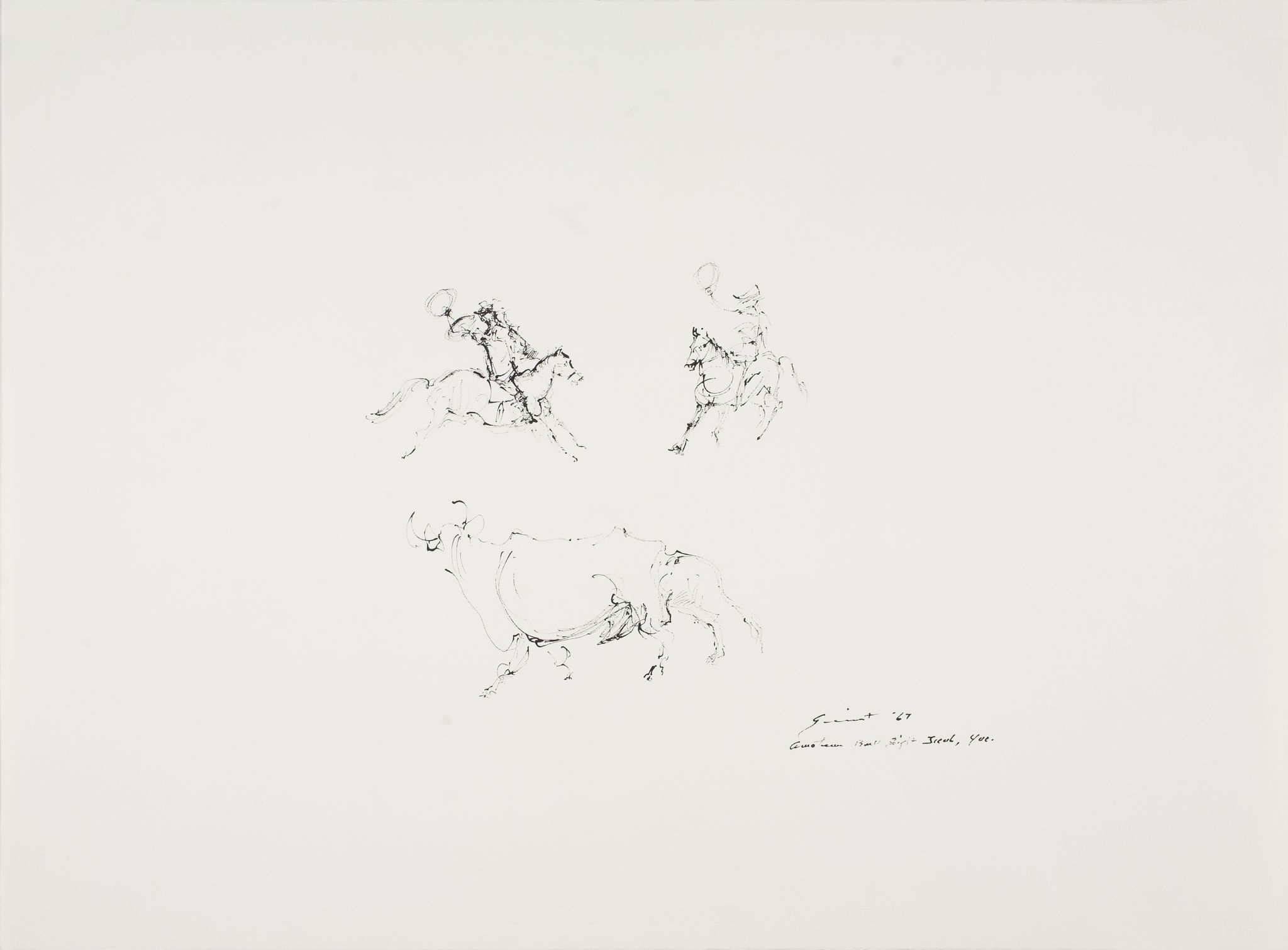
One of the Yucatan drawings: Amateur Bull Fight, Ticul, Yucatan by Walter Quirt, 1967. Image Courtesy of Weisman Art Muesum, accessed through UMN’s Digital Content Library.
A year later, French exhibited his MFA thesis, also at the University Gallery.
Although I wasn’t able to locate images of either exhibition on display, French wrote an interesting paper of his field observations and findings of the Yucatan project that closed with these thoughts:
Science has proven that energy is the essential force needed for life and motion. If the energy is misused it follows that life and motion will be in jeopardy. Art is also a form of energy and the theoritician [sic] can show that a’ specific art form has been created by the acceptance of a certain kind of energy. We know that science can measure physical energy forces. We have not been able to measure psychological energy forces, because we have never isolated a specific instrument by which to arrive at this
measurement. A test based on linear preferences may well be the necessary instrument needed for this energy measurement.Psychologists working in the field of perception, now argue that visual stimuli do, in fact, affect mans’ social and psychological
motivations. Logically -then, the visual arts represent a socio-psychological force which can affect the attitudes and temperaments of individual and social behavioral patterns. If these two antecedents are alligned [sic] with a definite procedure for measuring the individual and social preference for a particular linear energy, it seems highly probable that art and science
can open the door to a deeper understanding of the living patterns of man and society.
Its a pretty great day when through references services in the archives we get to open a door to a place where art and science meet.
—Heather Carroll is the processing archivist for the Weisman Art Museum‘s collection at the University of Minnesota Archives. This project was made possible by funds provided by the State of Minnesota from the Arts and Cultural Heritage Fund through the Minnesota Historical Society.
